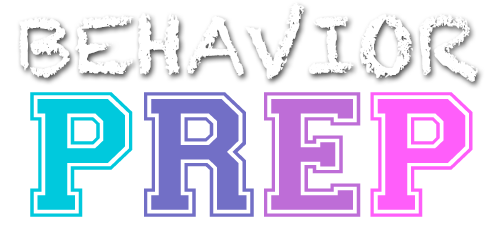C.5 Distinguish between continuous and discontinuous measurement procedures
Continuous Measurement Procedures
Continuous measurement involves recording data on all instances of the target behavior during an observation period. This method provides a complete and accurate representation of the behavior as it occurs, capturing every occurrence.
Example: A behavior analyst uses a clicker to record each instance of a student’s hand-raising behavior during a 30-minute class. Every time the student raises their hand, the analyst clicks to record the behavior. This is an example of continuous measurement, as every occurrence of the behavior is documented.
Discontinuous Measurement Procedures
Discontinuous measurement involves recording data on the target behavior during specific intervals or moments within the observation period, rather than recording every instance. This method is often used when it’s impractical to capture every occurrence of the behavior.
Example: A teacher uses momentary time sampling to monitor a student’s on-task behavior during a lesson. The teacher checks whether the student is on-task at the end of each 5-minute interval, recording whether the behavior was occurring at that specific moment. This is an example of discontinuous measurement, as the behavior is only recorded during selected moments.
